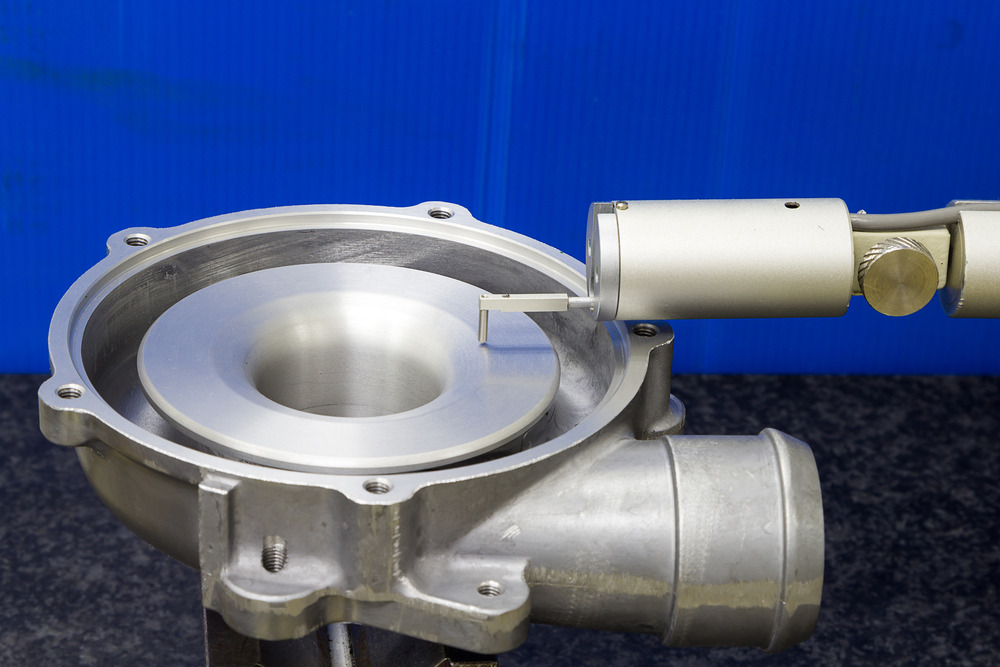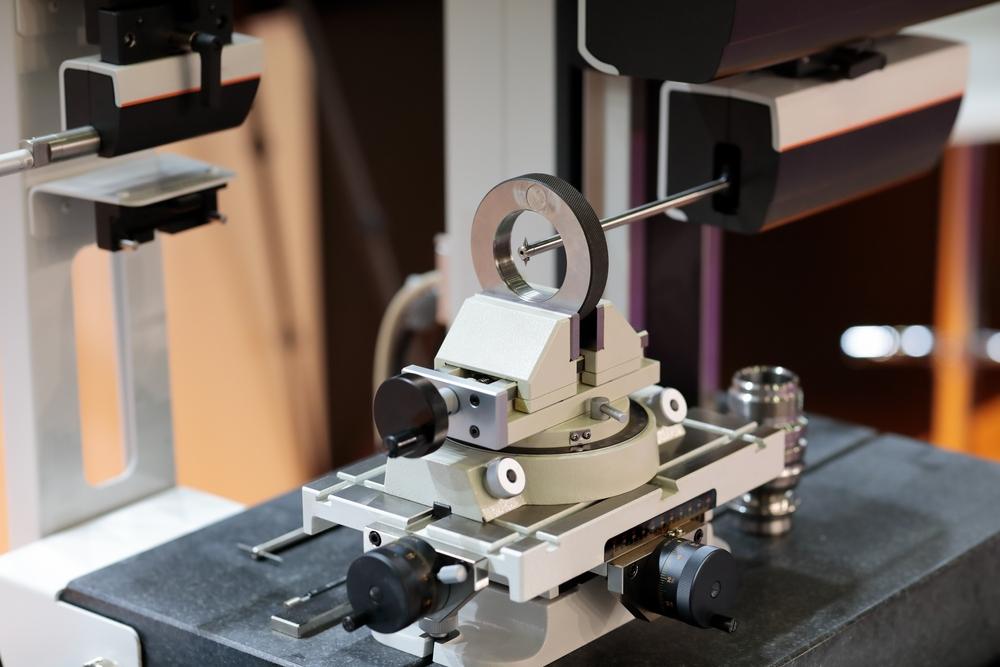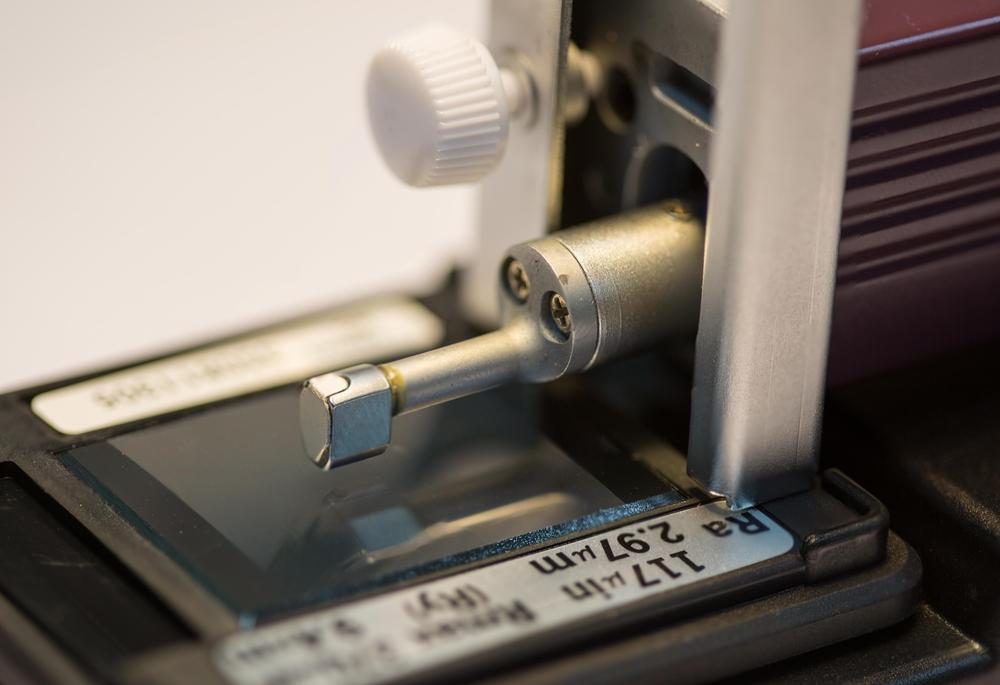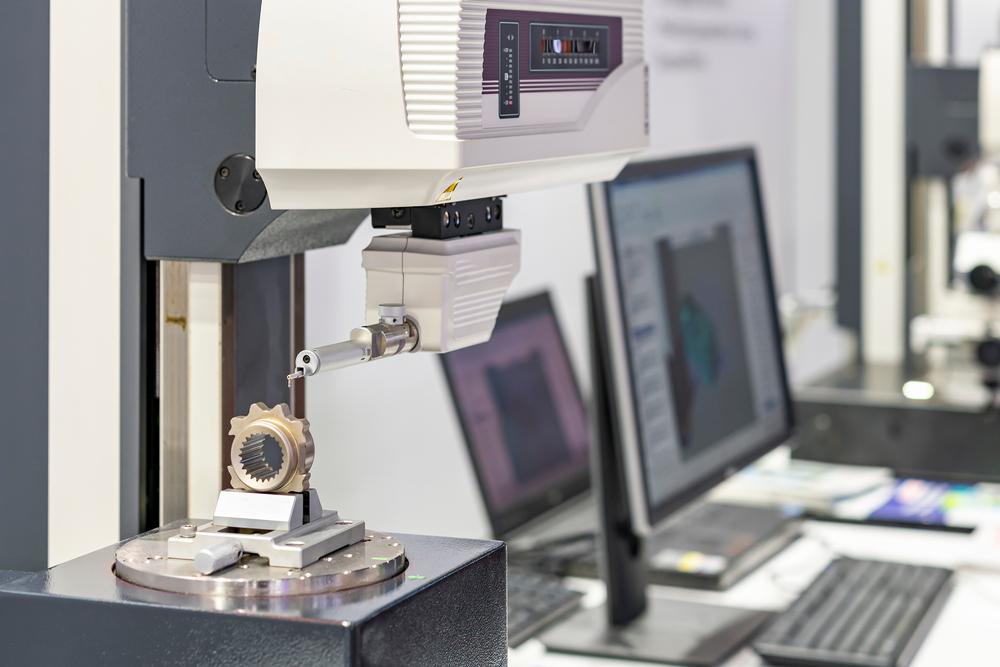
Modulus Metal provides surface roughness testing services by using its measurement devices and is also able to provide them via state laboratories, university laboratories, and partner companies with whom we have agreements.
Definition of surface roughness: Surface roughness refers to the deviations in the surface of a material that occurs on a micro-scale. These deviations can be in the form of bumps, dips, or other irregularities, and they can affect the appearance, performance, and lifespan of the material.
Why is surface roughness important? Surface roughness can affect the way a material interacts with other surfaces, such as how it moves or seals against another surface. It can also affect the way a material is perceived by humans, such as how it feels to the touch or how it reflects light. In manufacturing and other industries, surface roughness is often an important consideration for ensuring the quality and functionality of a product.
Applications of surface roughness testing: Surface roughness testing is used to measure and quantify the roughness of a surface in order to understand its properties and behavior. It is used in a variety of industries, including manufacturing, automotive, aerospace, medical, and more.
Types of surface roughness measurements:
Explanation of different parameters used to measure surface roughness: There are several parameters that can be used to describe surface roughness, including:
Ra (arithmetic average roughness): This parameter represents the average height of the roughness peaks and valleys on a surface. It is often used as a simple measure of surface roughness.
Rq (root mean square roughness): This parameter represents the root mean square of the roughness peaks and valleys on a surface. It is more sensitive to the heights of the roughness features than Ra.
Rt (peak-to-valley roughness): This parameter represents the maximum distance between the highest peak and the lowest valley on a surface. It is a more extreme measure of surface roughness than Ra or Rq.
Rz (mean roughness depth): This parameter represents the average depth of the roughness features on a surface. It is more sensitive to the depths of the roughness features than Ra or Rq.
Advantages and limitations of each parameter: Each parameter has its own advantages and limitations, depending on the application. For example, Ra is a simple measure that is easy to understand and calculate, but it may not be sensitive enough for some applications. Rt is more extreme, but it may not accurately represent the overall roughness of a surface. It is important to choose the appropriate parameter for a given application.
Methods of surface roughness testing:
Overview of different methods for measuring surface roughness: There are several methods for measuring surface roughness, including:
Stylus profilometry: This method uses a stylus or probe to follow the contours of a surface and measure the deviations. It is a common method that is used for a wide range of surfaces and materials.
Interferometry: This method uses the interference of light waves to measure the deviations on a surface. It is a more accurate method that is often used for surfaces with high precision requirements.
Optical microscopy: This method uses a microscope to observe and measure the roughness features on a surface. It is a useful method for surfaces with small or complex roughness features.
Other methods: There are also other methods for measuring surface roughness, such as white light interferometry, atomic force microscopy, and more.
How each method works: Each method works differently to measure surface roughness, depending on the principles it uses. For example, stylus profilometry works by moving a stylus along
Testing Standards:
There are several standards that pertain to surface roughness testing. These standards provide guidelines for how to measure surface roughness and specify the parameters that should be used, as well as the tolerances and requirements for different applications. Some of the common standards for surface roughness testing include:
- ISO 4288: This international standard specifies the general principles for the measurement of surface texture using stylus instruments. It covers the parameters that should be used, the reference length, and the procedures for measurement.
- ASME B46.1: This American Society of Mechanical Engineers standard specifies the surface texture (surface roughness, waviness, and lay) of machined surfaces. It covers the parameters that should be used, the reference length, and the tolerances for different applications.
- JIS B 0601: This Japanese Industrial Standard specifies the surface roughness of machined surfaces. It covers the parameters that should be used, the reference length, and the tolerances for different applications.
- DIN 4768: This German standard specifies the surface roughness of turned, ground, and milled surfaces. It covers the parameters that should be used, the reference length, and the tolerances for different applications.
It is important to note that these standards may have different requirements and tolerances for different applications, and it is important to consult the relevant standard for a specific application.Regenerate response
Asme
ASME B46.1
ıso
ISO 4287:1997, ISO 25178-2:2012, ISO 13565:1996, ISO 12085:1996, ISO 4288:1996, ISO 25178-3:2012, ISO 3274:1996, ISO 11562:1996, ISO 16610 series, ISO25178-6:2010, ISO 12179:2000




